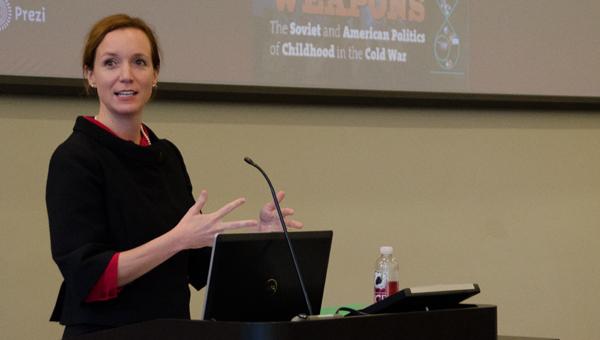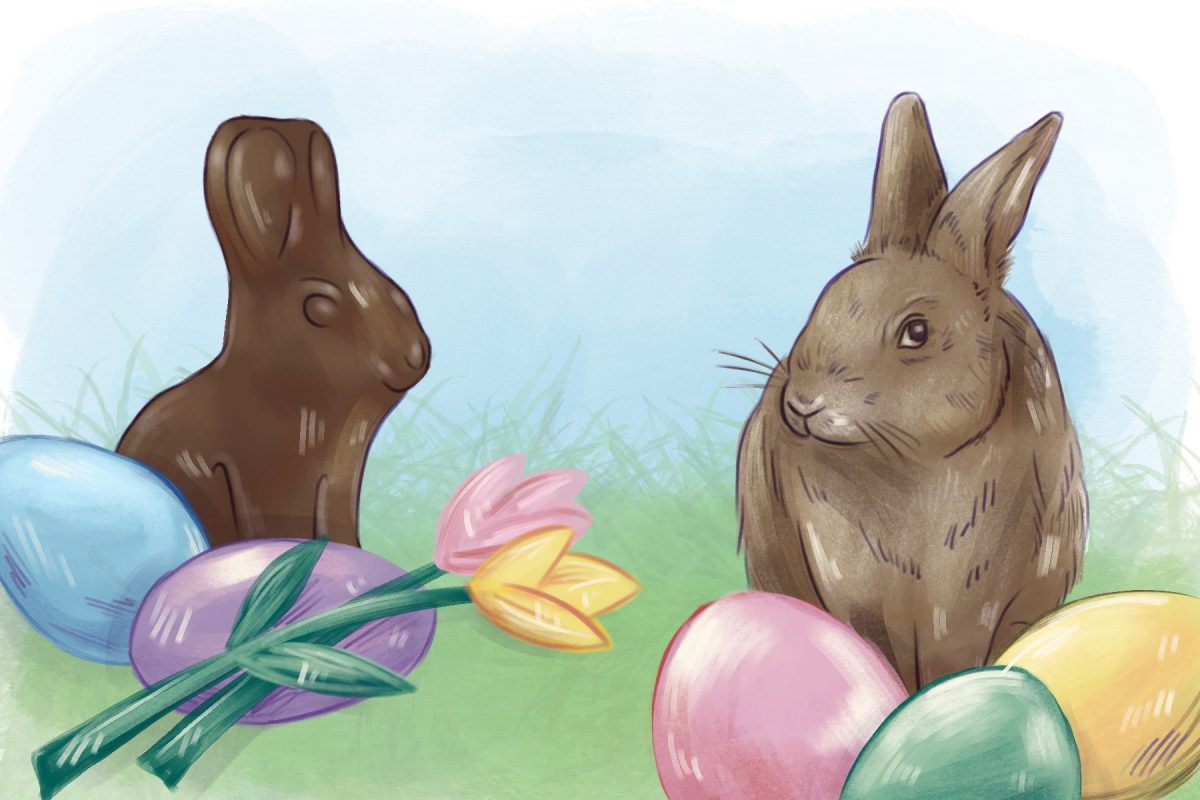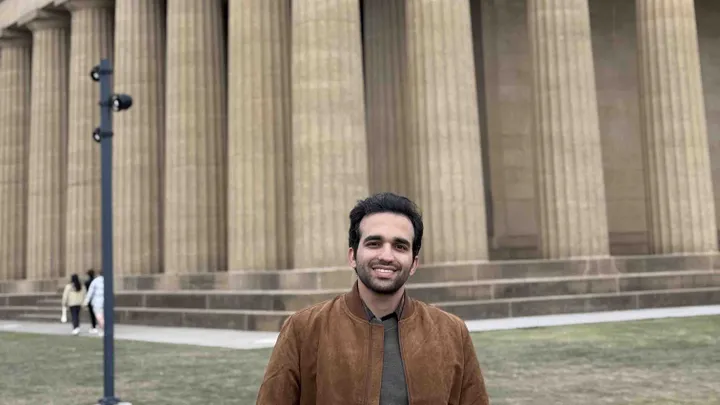As Peacock spoke about the amount of propaganda from both sides of the Iron Curtain during the Cold War, both students and professors attending the lecture said they found themselves surprised with their new knowledge.
Andrew Drozd, professor of modern languages and classics, said he learned a lot from Peacock’s lecture.
“I thought the lecture was very, very interesting. I haven’t read the book yet, but the lecture made me curious and I am definitely going to read it now,” Drozd said.
Drozd, like Peacock, is a Russian specialist, and said a lot of the material, including Russian propaganda, was familiar to him, but the true surprise was what he learned about the United States.
“The stuff on the American side was news to me and I definitely learned a lot from this experience,” he said.
Drozd recalled a time where he had gone to visit the Soviet Union while it was still in existence, and said he realized he was a victim of propaganda.
“I was over there expecting just horribly miserable people, and you walk down the street and people are smiling and eating ice cream and just are overall friendly,” Drozd said. “It was at that moment where I realized I was a true victim of propaganda.”
Samuel Gerard, a senior majoring in history, said he thought the whole lecture was well thought-out.
“I’m glad that there’s a different approach to how we are actually approaching Soviet history because for a long time we have looked at it in the sheer antagonism sort of way,” Gerard said. “Now we are beginning to see different dimensions and angles when it comes to the history of the Soviet Union.”
Gerard said he was really intrigued when it came to the similarities between U.S. and Soviet Union propaganda.
“I really learned a lot today about a topic I thought I knew all about, and I definitely am going to check out her book,” he said.
Jonathan Thompson, a UA graduate student, said the topic was something that most people would never think of when they think of the Cold War.
“Dr. Peacock’s lecture opened my eyes and gave a different, more human look at what it really was like on both sides of the Cold War,” Thompson said.









